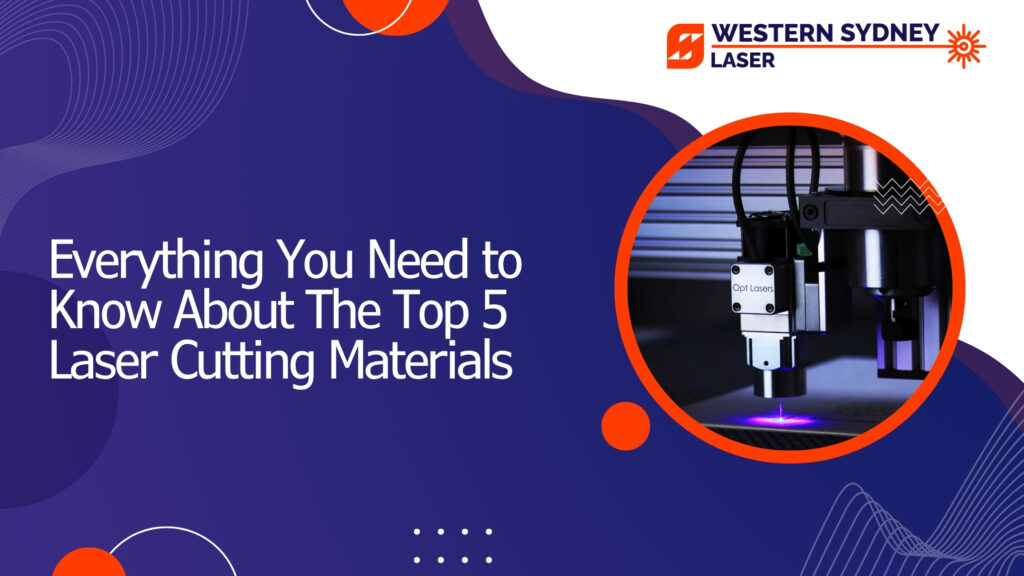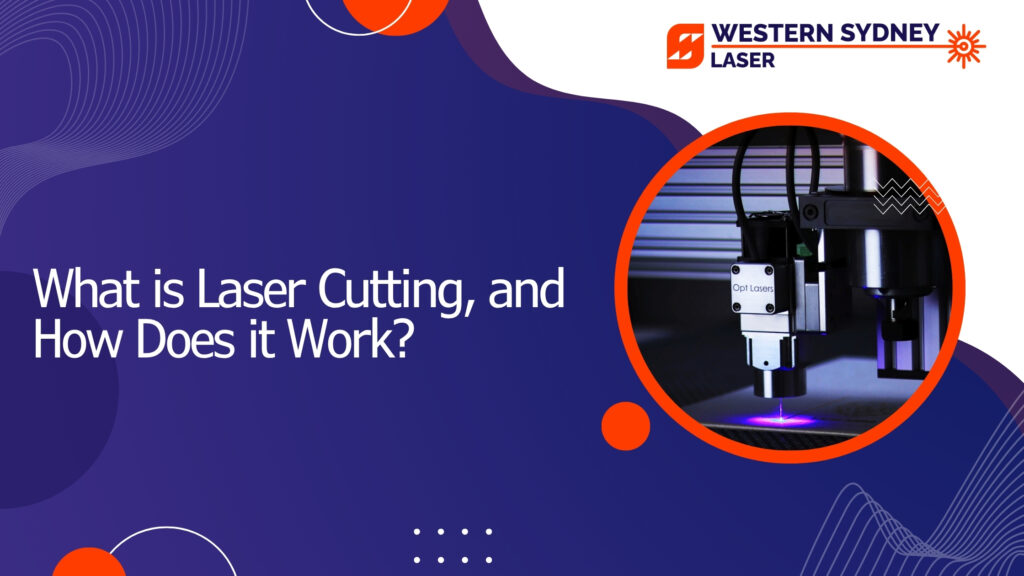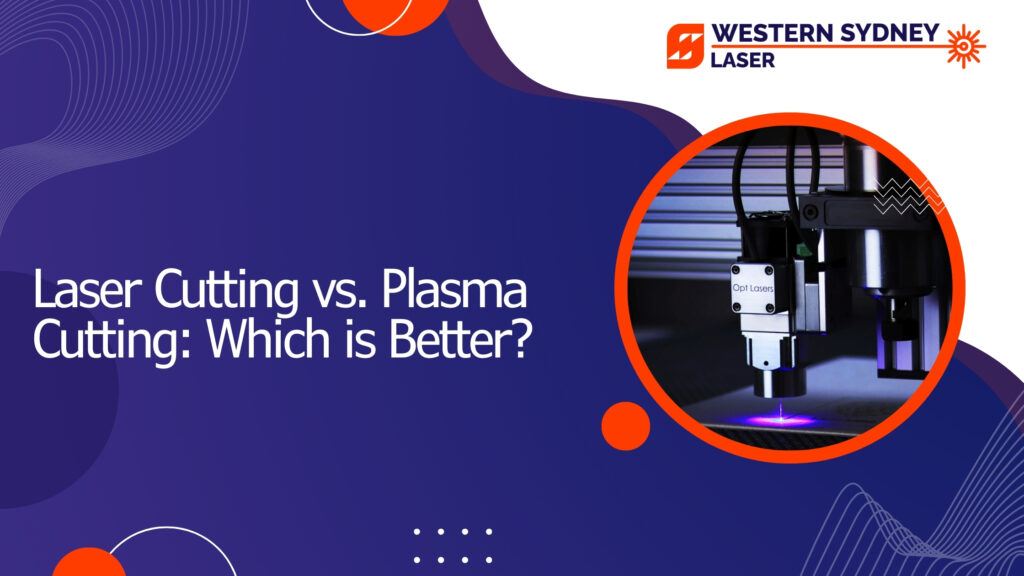Sheet Metal Laser Cutting: Process and Applications
A laser beam is used in sheet metal laser cutting, a precision manufacturing technique, to cut through various metal sheets precisely. Without extra tools, this technique is perfect for creating complicated designs, complex forms, and fine details. Compared to conventional cutting technologies, it has some benefits, such as better cutting quality, quicker production times, and less material waste. Laser cutting, widely utilized in the electronics, automotive, and aerospace industries, ensures effective part production with less distortion and increased durability. What is Sheet Metal Laser Cutting? A concentrated laser that dissipates the material on contact is used in sheet metal laser cutting to separate one section from the other. Though it began as an advanced fabrication technique exclusive to large-scale corporations, advancements in the field have allowed small firms, architects, educational institutions, and even individual enthusiasts and hobbyists to use laser-cutting hardware. Sheet Metal Laser Cutting Procedure 1. Laser Beam Sublimation Cutting The material evaporates by sublimation cutting using a laser beam. Sublimation is the process by which the material is instantly transformed from solid to gas, as opposed to melting it, as in other laser cutting techniques. Like fusion cutting, laser beam sublimation cutting extinguishes the material’s vapor from the kerf through inert gases. Thus, the cutting edge does not include any oxidants. It is often used to cut organic materials such as textiles, leather, and wood. 2. Laser Beam Flame Cutting The substance melts and is then heated by the laser, causing spontaneous combustion. Oxygen gas supplies additional energy for the cutting process through oxidation, an exothermic reaction. Mild steel and fusible materials, including ceramics, are perfect candidates for flame cutting. Because the gas used in this cutting procedure is an oxidant, burns on the cutting surface could result. Burr formation can be avoided by adequately optimizing the process parameters. 3. Laser Beam Fusion Cutting When using laser beam fusion cutting, nitrogen is the most often used inert gas. Inert gas stops oxidation at the cutting edge without affecting the use when the molten material is removed. This laser cutting technique works well for cutting thin, flat sheets of stainless steel and aluminum alloys that need to be exceptionally visually appealing with minimal finishing steps. Laser Cutting Parts Applications Here are some of the applications for laser cutting mentioned below:- 1. Interior Design Room dividers made of laser-cut sheet metal are a great way to provide extra space and enhance the appearance of a place. By combining the manufacturer’s artistic vision with the accuracy of laser cutting, you may achieve the unique design you choose for your space. 2. Medical Equipment Orthopedic rods, beds, carts, and surgical equipment are all made of laser-cut metal. Although many surgical instruments are now 3D printed, laser cutting is still the method of choice for making surgical equipment. 3. Jewellery Production Most jewelry designs include complex patterns that are simple to plan using laser cutters. For this reason, laser cutting works well while creating jewelry. Conclusion Sheet metal laser cutting is an accurate and effective method of using powerful lasers to cut different metals into complex forms. This approach is perfect for the automotive, aerospace, and construction industries because it provides unmatched accuracy, lower waste, and the capacity to handle complicated designs. Western Sydney Laser Cut uses cutting-edge technology to provide precise, smooth edges and unique cuts that meet specific requirements. Their experience guarantees excellent outcomes with short lead times for various applications, from small-scale projects to significant industrial demands. They offer unparalleled accuracy and versatility.
Sheet Metal Laser Cutting: Process and Applications Read More »










